Cultural collections The Australian Museum
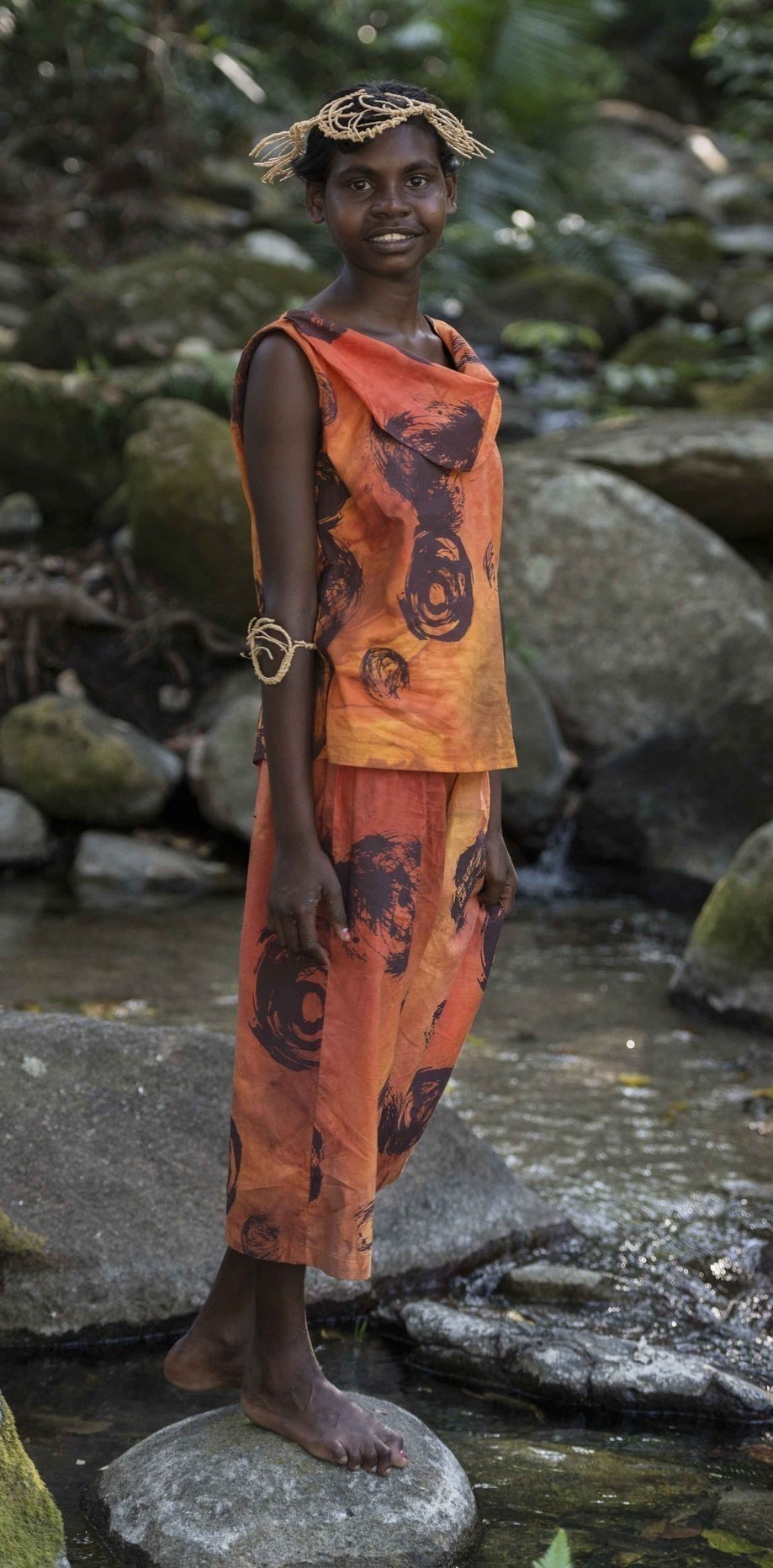
These Indigenous Designers And Models Are Making Waves In The Australian Fashion Scene
This category describes traditional and historic Australian clothing. Modern Australian clothing should be categorised under Australian fashion or Clothing companies of Australia. Subcategories. This category has the following 4 subcategories, out of 4 total. A.

Australian Costume Australian Costume, Academic Dress, Costumes, Super, Dresses, Fashion
In modern-day Australia, traditional dress has evolved into a fusion of Indigenous, European, and multicultural influences. Contemporary Australian traditional attire includes garments like the Akubra hat, Driza-Bone coats, and the iconic Australian bushman's attire. These garments are often worn during cultural events, festivals, or as a way.

Aboriginal Australians dance in traditional dress at Uluru Daily Mail Online
The Basics of Australian Country Clothing. The diverse topography of Australia includes anything from deserts to lush rainforests. The country's many climates have a significant impact on what.

Pin on Australian Heritage
Browse 1,921 traditional australian clothing photos and images available, or start a new search to explore more photos and images. Browse Getty Images' premium collection of high-quality, authentic Traditional Australian Clothing stock photos, royalty-free images, and pictures.
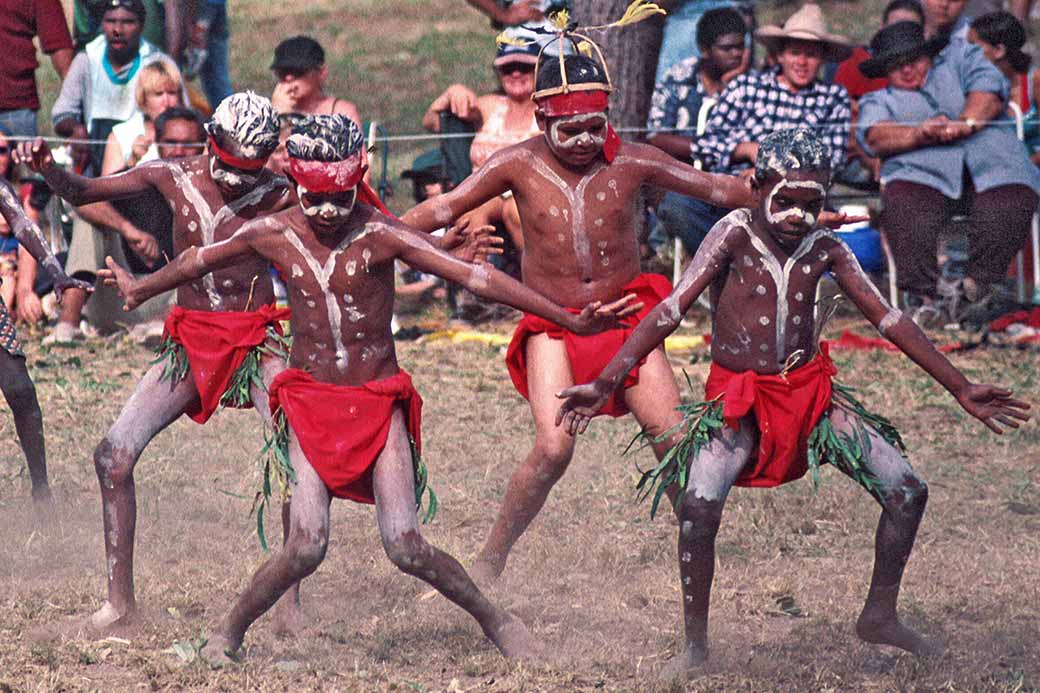
Boys from Yarrabah Laura Aboriginal Dance Festival Australia OzOutback
Signaling Australian Identity Traditional bush wear . Since colonial times, Australian dress has been marked by strong regional differences. The dress of Sydney tends to be stylistically closer to American, with Melbourne more British and conservative, and subtropical cities like Brisbane and Perth favoring brighter, casual clothing affected mostly by the prevailing climate.
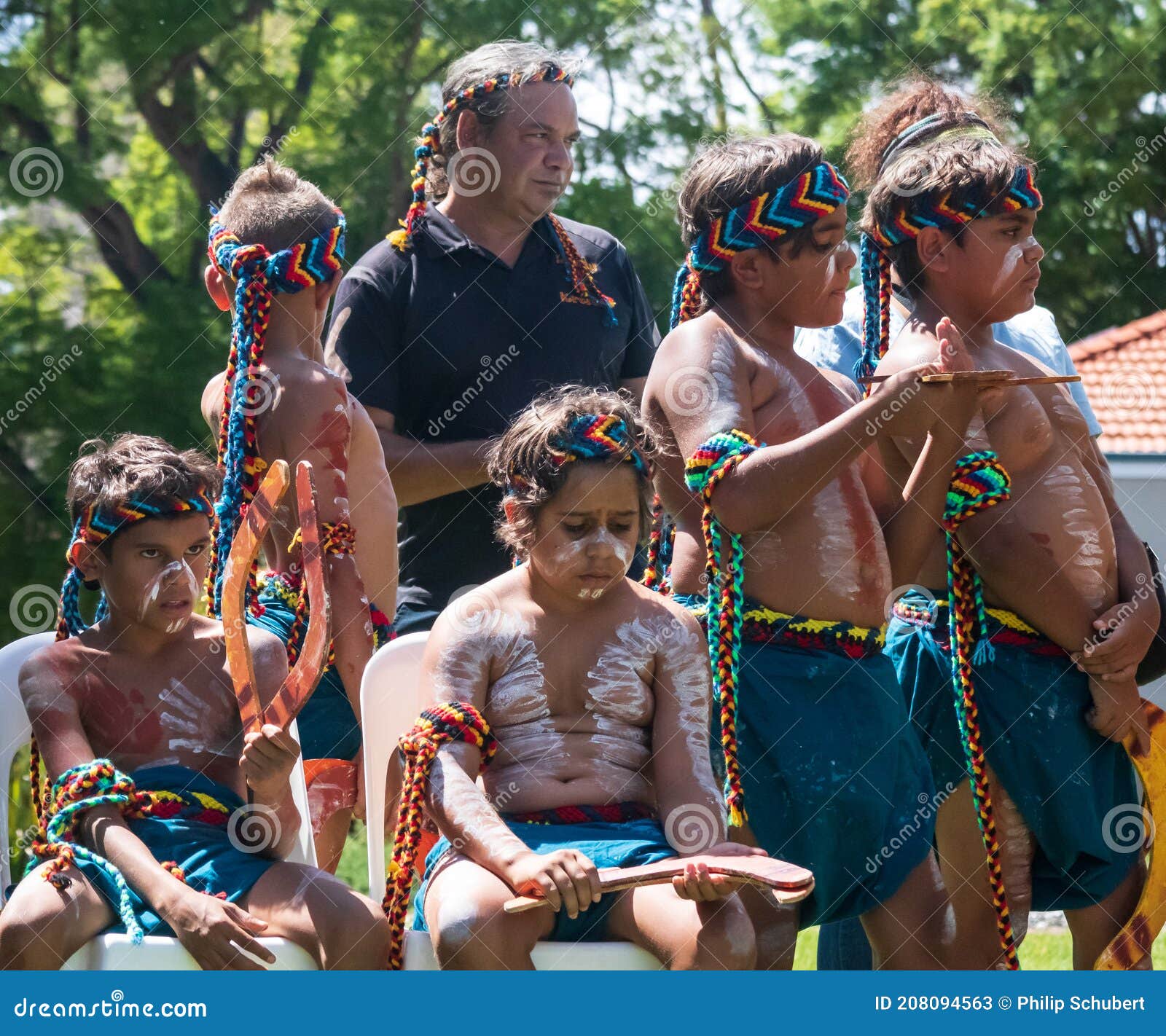
Perth, Western Australia Jan 26, 2020 a Group of Young Indigenous Australian Boys Dressed in
This wear is another traditional Australian clothing. In the summer, some nasty box jellyfish in the northern part of Australia can ruin your day by killing you in three minutes, so it's a good idea to wear a stinger suit if you go swimming. 10. Blundstones. Blundstones is the last on our list of traditional Australian clothing.

Traditional Indigenous & Aboriginal Clothing in Australia Interesting Aboriginal Clothes for
AUSTRALIAN DRESSAustralia was first settled by the British in the late eighteenth century. Incoming officials, convicts, and later settlers brought with them dress practices and tastes at odds with customary attire of the indigenous inhabitants. Marking the nation's early history were confused cultural interpretations between newcomers and local indigenous peoples.

National Costume for Australia National Costume for Australia
Australian Traditional Clothing. It is acknowledged that Australian Aboriginal culture is heavily spiritual and symbolic, but a rock engraving in a national park near Sydney suggests that the indigenous belief system represents a deep knowledge of the sky and the motion of the bodies within it. Scientists at Australia's Commonwealth.

Traditional Australian Clothing
January 7, 2024. Taylor Swift Photo: Getty Images. The 81st annual Golden Globes is set to take place tonight at the Beverly Hilton Hotel in Los Angeles, hosted by comedian Jo Koy. The night.

Национальная одежда в Австралии (66 фото)
Image: Australian Museum. In conclusion, traditional Australian Aboriginal clothing, like the cloak, is a beautiful tapestry of culture, environment, and artistry. These capes showcase the adaptability and creativity of Australia's First Peoples, and its revival today ensures that these traditions will continue to inspire future generations.
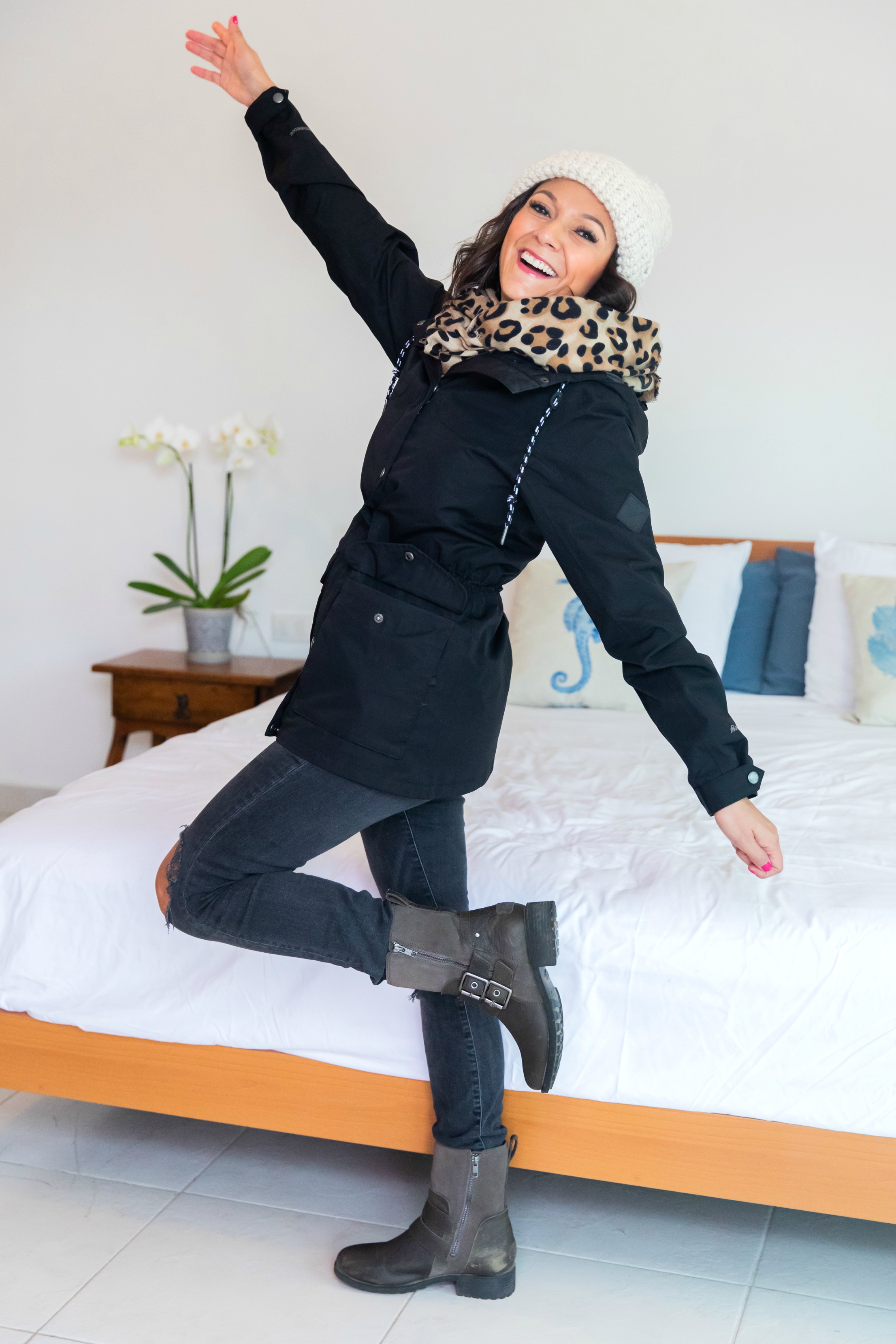
What to Wear in Australia The Ultimate Destination Packing Guide
The culture of Australia is primarily a Western culture, originally derived from Britain but also influenced by the unique geography of Australia and the cultural input of Aboriginal, Torres Strait Islander and other Australian people. The British colonisation of Australia began in 1788, and waves of multi-ethnic migration followed. Evidence of a significant Anglo-Celtic heritage includes the.

Cultural collections The Australian Museum
Traditional Clothing Part of a common suite of assumptions which have characterised how history has been taught in Australian schools since the arrival of Europeans, is the idea that Australia's First Peoples' traditionally wore no clothing. [pullquote-right] Cloaks are also known to have been made of animals such as quoll, platypus, sugar-glider, and emu.[/pullquote-right]The image of a.

Traditional Australian Clothing
The idea of "fashion" as being a characteristic of Australian culture is frequently regarded as a non sequitur. Fashion is seen as belonging to far-flung cosmopolitan sites elsewhere while Australia is a far-flung site cut off from the trappings of civilization. Equally, Australia has long been regarded as being cut off from the "finer.
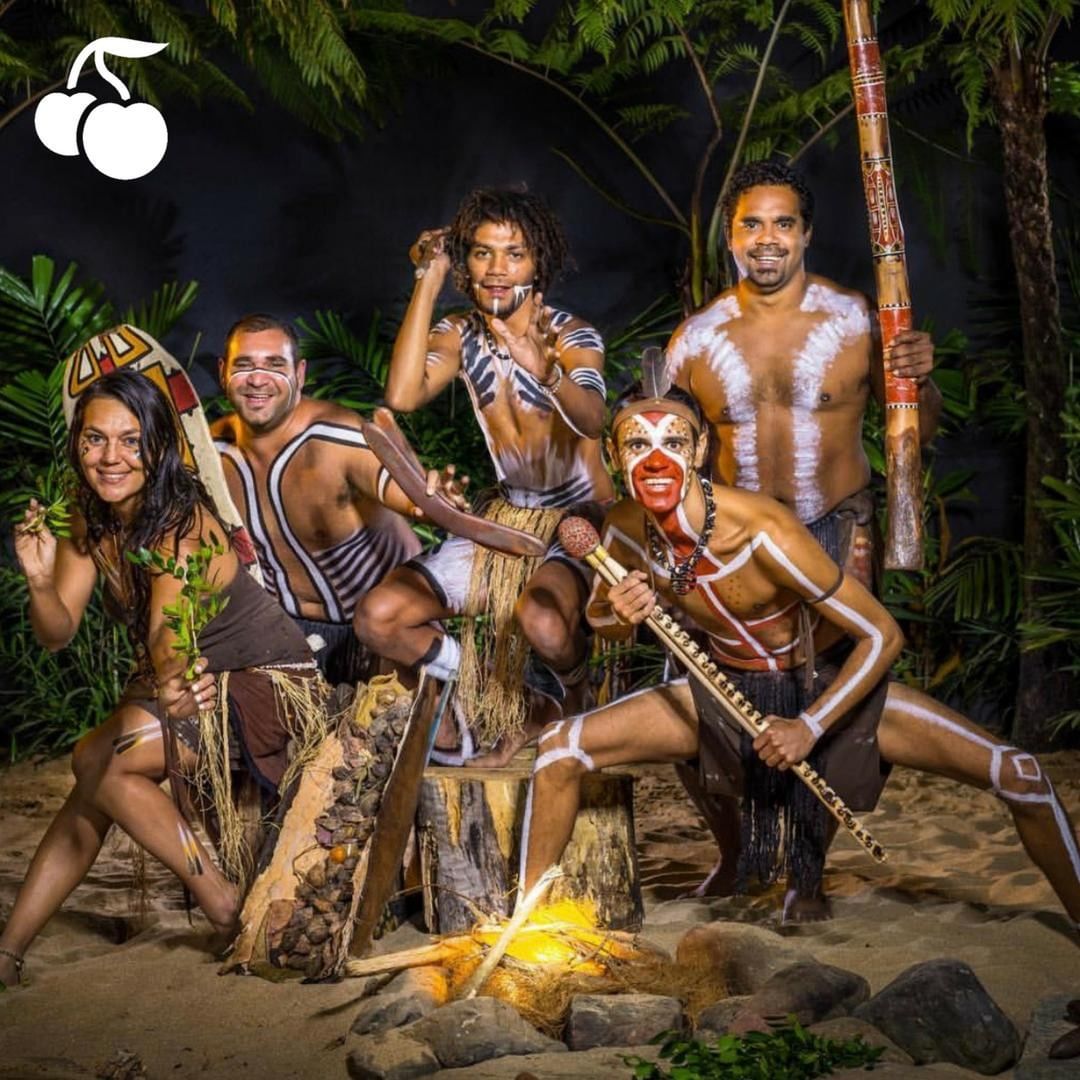
A detailed guide to Australian Aboriginal Culture in Cairns
The "national dress of australia for female" is the traditional dress of Australia. It consists of a long skirt and shirt, with an optional hat or headscarf. Today, these garments are worn during cultural events. Australians choose robust cotton drill or khaki trousers, worsted wool jackets, oilskin coats, rabbit-fur felt caps, and elastic.
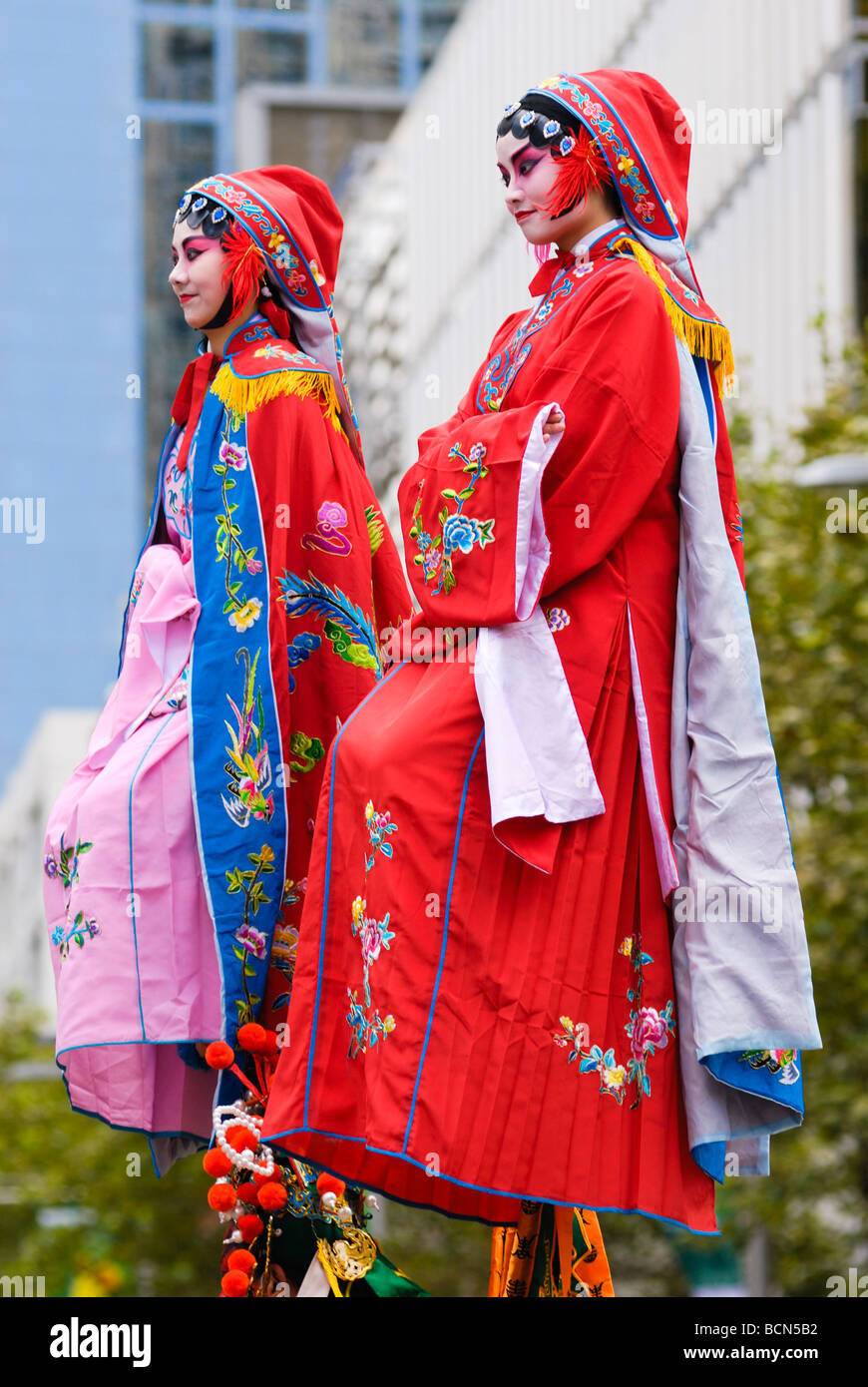
Traditional Australian Clothing
Top 5 Popular Traditional Australian Clothing. Each nation has its own distinct culture, dances, traditions, festivals, and attire. What could seem weird to the individual is a part of a tradition and code of conduct that is more or less rigid. Australian culture, including the cultural contributions of Aboriginal people and other Australians.
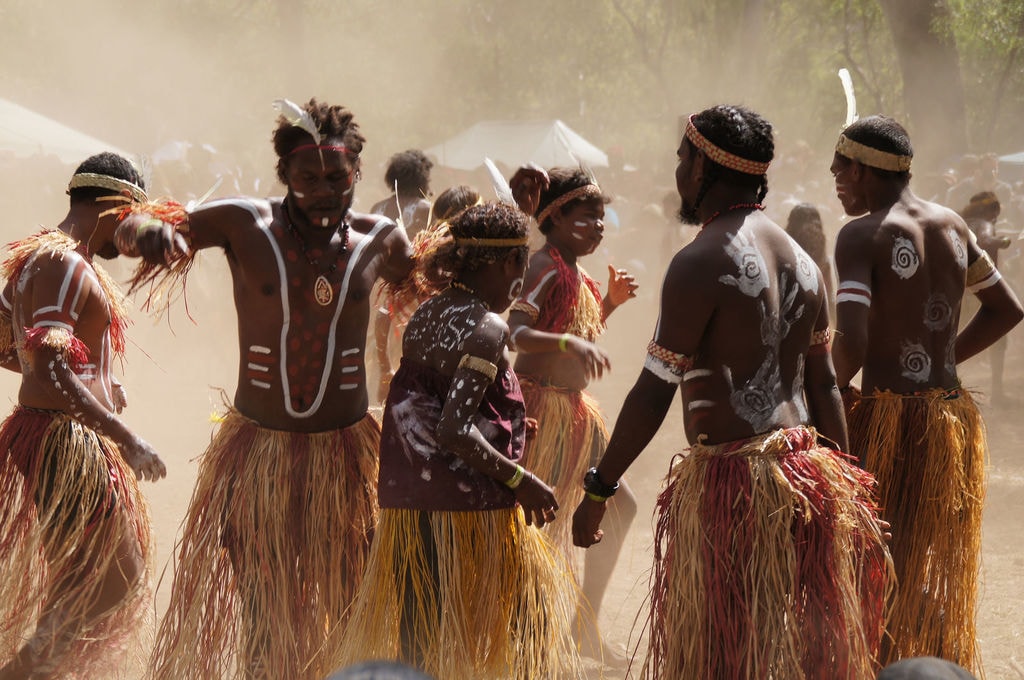
11 Facts About Aboriginal Australian Ceremonies
Approximately two million people live below the poverty line. A host of social welfare provisions have been enacted throughout the nation's history. Australia was one of the first countries to give women the vote. It also was the first country to legislate a forty-hour working week (in 1948).